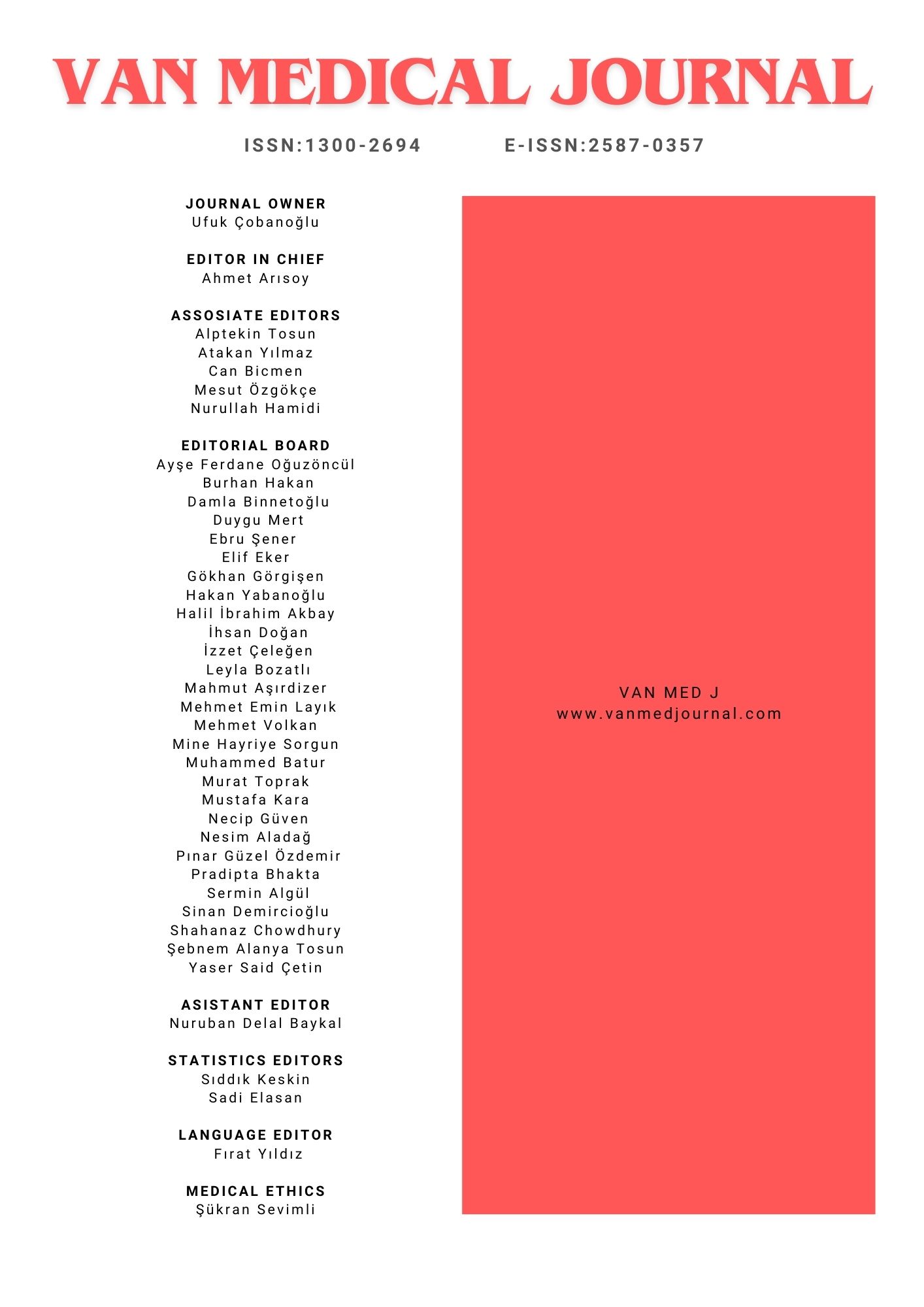Treatment Management in Hepatitis and Tuberculosis Coexistence
Neslihan Köse Kabil1, Aylin Babalık21Department of Chest Diseases, Yalova Training And Research Hospital, Yalova, Turkey2Department of Chest Diseases, University of Health Sciences Sureyyapasa Chest Diseases and Thoracic Surgery Training and Research Hospital, İstanbul, Turkey
INTRODUCTION: Tuberculosis (TB) is still a global problem. Drug resistance is caused by factors such as drug side effects, accompanying comorbidities and treatment compliance problems. Hepatitis infection has a high incidence in our country and presents with liver involvement and symptoms leading to cirrhosis. Therefore, if hepatitis infection accompanies TB patients, treatment management becomes difficult.The aim of this study is to draw attention to the cure rates in treatment with an appropriate treatment approach, despite the side effects, drug resistance and accompanying comorbidities that occur in the coexistence of TB and hepatitis.
METHODS: 78 patients with Hepatitis A, B, C(HAV, HBV, HCV) coexistence with pulmonary tuberculosis between 2017-2019 were evaluated retrospectively. Demographic characteristics, hepatitis marker positivity, antiviral treatment, microbiological diagnosis, drug sensitivity test, drug side effects, treatment regimen and treatment results were evaluated retrospectively.
RESULTS: The patients are 31% women; 45% HBV, 45% HCV, 10% HAV were detected. There are 78% Acid Resistant Bacteria positive and 73% of them were sensitive to all drugs. Diabetes,Chronic Obstructive Pulmonary Disease, substance abuse and psychological disorder were the most common comorbidities. 30% of the patients had high admission liver function tests and 27% received a non-hepatotoxic treatment regimen. The most common side effects were hepatotoxicity, hypersensitivity, ototoxicity, and neurological side effects. 44% of the patients were able to complete TB treatment in 6 months. Cure was observed in 68% of the patients.
DISCUSSION AND CONCLUSION: Although disease management becomes difficult when TB and hepatitis coexist, cure rates increase with an appropriate treatment approach.
Manuscript Language: English

